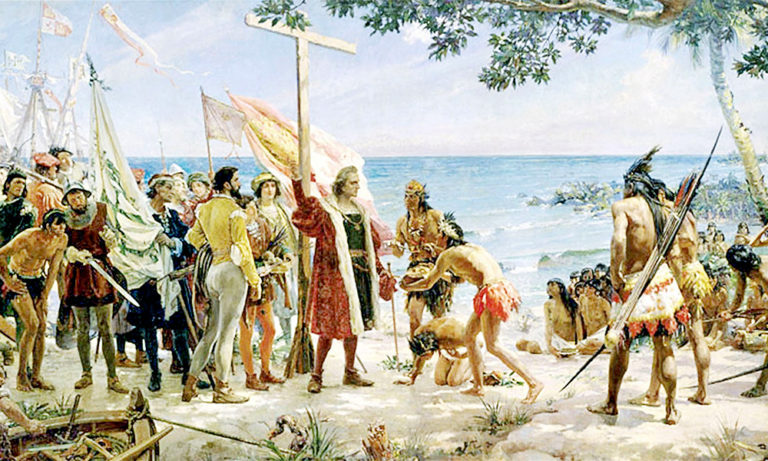By Taxpayers Association
start a business formal in Peru has become one of the most difficult challenges to carry out, not only because of the complex economic and political situation of the country, but also because of the bureaucratic barriers and cumbersome procedures that entrepreneurs must comply with.
The fact that Peru has enormous barriers to formalization is evidenced by the fact that, at the end of 2021, 86% of micro and small businesses (mypes) were informal, according to data from the National Household Survey (Enaho).
A hostile environment for the creation and formalization of companies affects their permanence in the market, especially for the smallest ones. From January to June 2022, the number of closed companies exceeded 27,000, its highest level since months before the pandemic. 54% of casualties come from sectors such as commerce, transportation and manufacturing industries, with a high presence of mypes.
This context also affects the labor market, which suffers from state overregulation, unemployment and no private investment, with the informality that covers 76% of Peruvians, a situation that results in low wages, absence of labor benefits and high rates of unemployment. poverty.
Setting up a business in Peru takes between one and two months, and the total cost is around 355 dollars, according to a study by the Taxpayers Association. On the other hand, in Chile you can open a company in a single day and with 16 dollars. In Colombia, the procedure takes four days thanks to its simplified Single Business Window system.
96% of Peruvian companies are mypes, but their financial inclusion is very low. In 2021, only 47% of them accessed at least one formal financial product, while more than 25% used informal savings methods. It also highlights that 76% do not keep any record of their accounts, 87% of their payroll is not affiliated with any pension system and 98% do not have social security.
Mypes face a low capacity to adapt to formality standards, something that prevents them from accessing financial services in a context where credits also become more expensive, which also makes them prone to bankruptcy.
“It was not until the crisis that we saw the magnitude of informality in the country. SMEs and mypes were the business segment most affected by the pandemic, since nearly 600 thousand micro and small formal companies stopped operating in 2020, “says Diego Macera, general manager of the Peruvian Institute of Economy (IPE).
State institutions, such as Produce and Sunarp, intended for the formalization of companies, have not had the necessary arrival and denote little communication between them. Today more than ever, the standardization and simplification of this process must be promoted, especially at the municipal level, with a unified and digital system that reduces time and costs.
Estonian success story
Every year 10 times more new businesses are created in high-income economies than in low-income ones, and three times more than in middle-income ones. In other words, the ease of doing business and creating companies in a country is associated with a higher level of development. The highest levels of entrepreneurship are seen in Hong Kong, China, Estonia and New Zealand.
In particular, Estonia is considered the first digital country in the world, with a favorable climate for business creation. From any computer, an Estonian citizen can carry out various procedures with the State, or between private parties, at any time: the government portal is open 24 hours a day, regardless of the day of the week. To create a company, the process can be done through an electronic registration in just a couple of hours, or via a notary, which takes three days on average. The price of the process can be less than half of what it costs in Peru.
RECOMMENDED VIDEO
:quality(75)/cdn.jwplayer.com/v2/media/1viNN9f1/poster.jpg)















